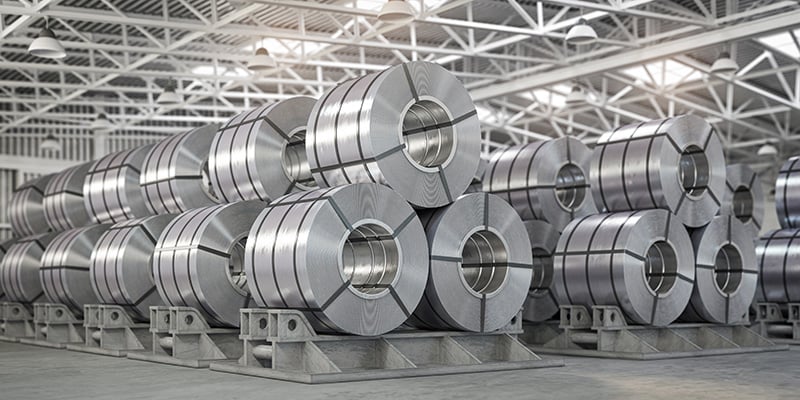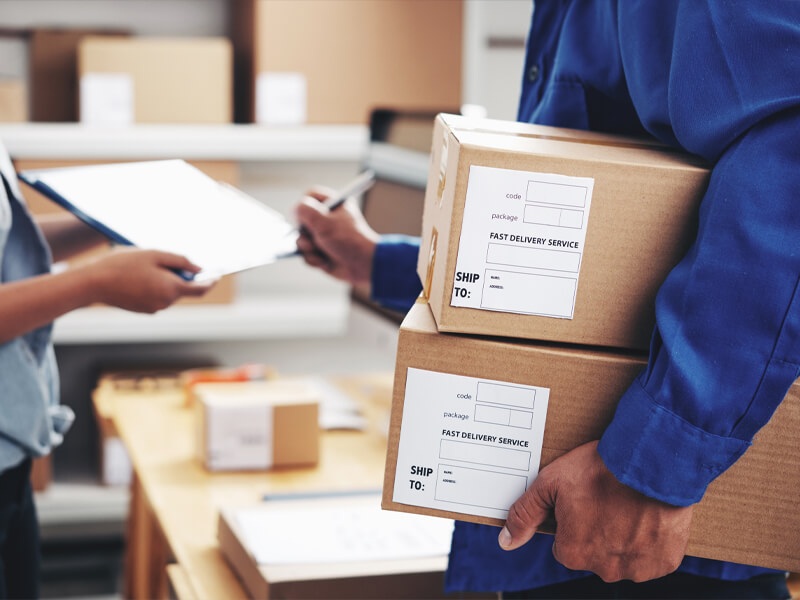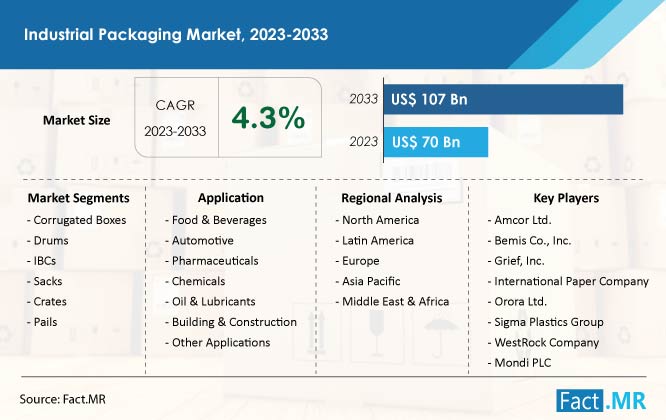Top quality in Every Mold: Plastic Container Manufacturer Proficiency
Top quality in Every Mold: Plastic Container Manufacturer Proficiency
Blog Article
Efficient Industrial Recycling Solutions for Lasting Product Packaging: A Comprehensive Overview
In today's progressively environmentally-conscious world, the demand for lasting product packaging options has actually never ever been higher. To meet this demand, businesses across sectors are proactively looking for effective commercial recycling remedies. Browsing the complex landscape of sustainable packaging can be testing without a thorough overview. That's where this comprehensive guide on effective industrial recycling solutions for sustainable product packaging comes in. By exploring essential areas such as product packaging material selection, making for recyclability, executing reusing framework, working together with reusing companions, and tracking and measuring reusing success, this guide will certainly outfit you with the understanding and devices necessary to make informed choices and drive favorable modification within your organization. Whether you're a packaging specialist, sustainability manager, or merely curious about the topic, this overview will give beneficial insights and techniques to assist you browse the world of sustainable product packaging.
Product Packaging Product Selection
The choice of product packaging materials plays an essential role in making certain the sustainability of industrial recycling options. The selection of materials is key in reducing environmental impact and optimizing reusing effectiveness when it comes to lasting product packaging. Picking the appropriate products can help in reducing waste generation, conserve resources, and advertise a round economy.
One essential variable to take into consideration in packaging material choice is recyclability - bulk container recycling. Products that can be conveniently reused and included back right into the production cycle are liked. Materials like cardboard, paper, glass, and specific kinds of plastics can be reused several times without shedding their top quality. On the other hand, materials that are hard to reuse, such as non-recyclable compounds or mixed plastics, can develop obstacles for the reusing process and might finish up in burners or landfills.
Another factor to consider is using sustainable and naturally degradable products. Packaging made from eco-friendly resources, such as plant-based plastics or biopolymers, can help in reducing dependence on fossil fuels and mitigate climate adjustment. Additionally, eco-friendly products break down normally with time, minimizing the accumulation of waste in garbage dumps.
In addition, the weight and volume of product packaging products should be lessened to lower transportation expenses and power intake. Lightweight products not only require less resources during manufacturing yet additionally add to reduce carbon discharges throughout transport.
Designing for Recyclability
In order to make certain the recyclability of product packaging products, thoughtful design is necessary. Creating for recyclability entails developing product packaging that can be easily sorted, separated, and processed in recycling facilities. One essential element of creating for recyclability is the option of products. Packaging designers ought to prioritize using materials that are commonly accepted for recycling and have developed recycling facilities. Materials such as glass, aluminum, and certain sorts of plastic, like PET and HDPE, are typically recycled and should be preferred over materials that are difficult or costly to reuse.
Another important consideration in creating for recyclability is the elimination of unneeded elements or products. By decreasing the number of layers, coatings, and additional parts, product packaging can be made simpler and easier to reuse. Furthermore, developers must aim to reduce making use of mixed products, as they can complicate the reusing process.

Implementing Recycling Infrastructure
Reliable implementation of reusing infrastructure is critical for the success of industrial reusing solutions. Without appropriate framework in position, the reusing process ends up being inadequate and inefficient, impeding the total goal of lasting packaging.
To apply recycling infrastructure properly, a number of vital elements require to be thought about. To start with, there ought to be an efficient collection system that promotes the separation and collection of recyclable materials. This can consist of marked reusing bins in public areas, in addition to collaborations with waste monitoring companies for curbside pickup and sorting.
When accumulated, the recyclable products require to be transferred to recycling facilities in a timely way. This needs effective logistics and transport networks, making certain that the products get to the appropriate facilities without delay.
At the recycling centers, progressed sorting and handling technologies ought to be in place to separate different types of materials successfully. This consists of the usage of automated arranging machines, optical scanners, and manual sorting techniques.
Additionally, there must be a robust market demand for recycled materials. This can be achieved through cooperations with suppliers and industries site here that use recycled materials in their manufacturing procedures. Producing a steady market for recycled materials incentivizes the recycling industry and advertises the round economy.
Collaborating With Recycling Partners

One trick facet of working together with recycling companions is the establishment of clear communication networks. It is very important to establish open lines of interaction to assist in the exchange of information, updates, and responses. This enables both parties to remain notified concerning the development of recycling campaigns and deal with any obstacles or issues that might occur.
Additionally, partnership can involve joint initiatives in developing and executing reusing programs. Recycling companions can offer beneficial insights and advice in establishing reliable collection systems and figuring out one of the most suitable recycling modern technologies. By working with each other, businesses and reusing companions can enhance the reusing process and lessen waste.
Moreover, partnership can expand beyond the functional facets of recycling. It can additionally encompass campaigning for and education and learning initiatives. By joining forces, organizations and reusing companions can elevate awareness regarding the importance of recycling and advertise the adoption of lasting product packaging techniques among consumers and various other stakeholders.
Monitoring and Measuring Recycling Success
To make certain the effectiveness of commercial recycling services and the accomplishment of lasting product packaging objectives, it is important for organizations and their reusing companions to develop a comprehensive system for tracking and determining recycling success (industrial metal packaging). Tracking and measuring recycling success enables services to analyze the influence of their reusing initiatives, recognize locations for improvement, and established meaningful targets for future progress
One means to track reusing success is via making use of information collection and evaluation devices. By gathering information on the quantity of packaging waste produced, the portion of waste that is recycled, and the kinds of materials being reused, organizations can gain valuable understandings right into their recycling performance. This data can then be analyzed check over here to recognize fads, patterns, and locations of inadequacy.
An additional crucial facet of tracking and determining recycling success is establishing clear and standardized metrics. This permits services to compare their performance versus market benchmarks and track their progress with time. Metrics such as recycling prices, waste diversion rates, and greenhouse gas emissions can supply a quantitative action of an organization's reusing success.

Verdict
To conclude, executing effective commercial recycling options for lasting packaging requires mindful consideration of packaging product choice, developing for recyclability, implementing reusing infrastructure, working together with reusing partners, and tracking and determining recycling success. By including these practices, businesses can add to a more environmentally-friendly and sustainable technique to packaging, lowering waste and promoting the round economic climate.
By discovering essential locations such as packaging product selection, creating for recyclability, implementing reusing infrastructure, teaming up with recycling companions, and monitoring and measuring reusing success, this guide will certainly furnish you with the knowledge and devices required to make enlightened decisions and drive positive adjustment within your organization. Product packaging developers ought to prioritize the use of products that are commonly accepted for reusing and have developed recycling infrastructures.Cooperation with recycling partners is important for the successful execution of commercial recycling services and the success of lasting product packaging objectives. By joining forces, companies and reusing companions can raise awareness regarding the relevance of reusing and advertise the adoption of sustainable packaging practices among consumers and other that site stakeholders.
By gathering information on the quantity of product packaging waste created, the percent of waste that is recycled, and the types of materials being recycled, companies can get beneficial insights into their recycling performance.
Report this page